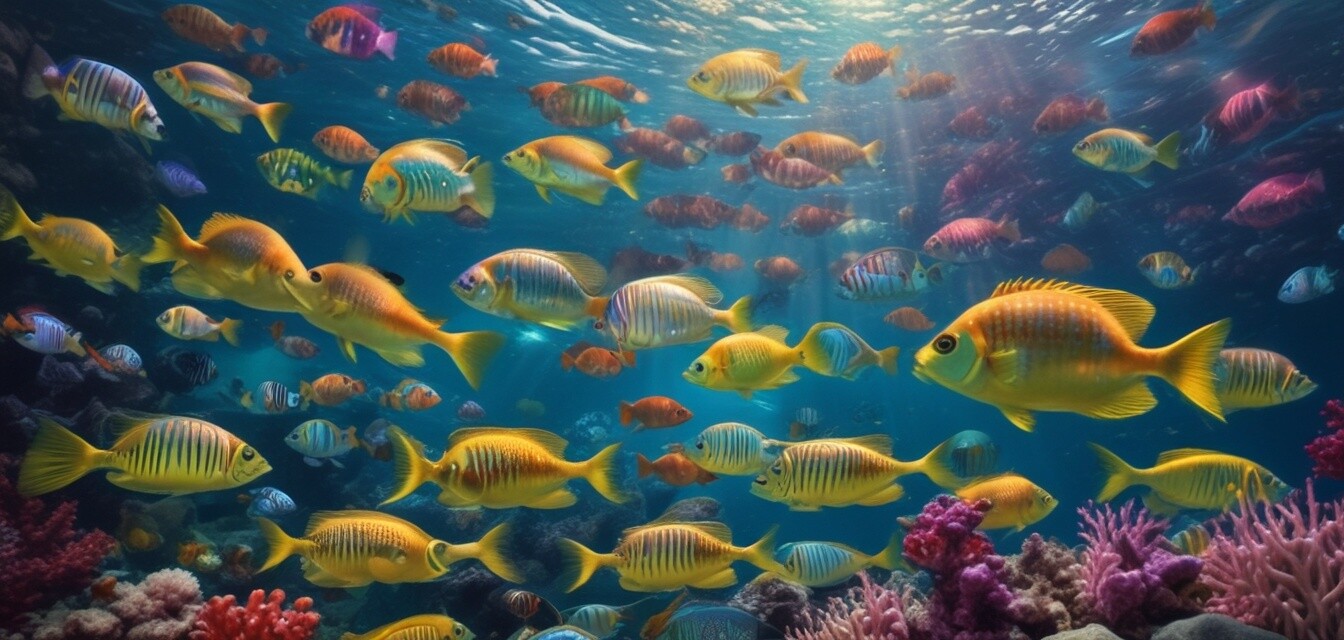
Understanding water refraction: How it affects photography
Key Takeaways
- Water refraction distorts the appearance of objects underwater, impacting clarity in photography.
- Adjusting camera angles and settings can mitigate the effects of refraction.
- Utilizing underwater lighting effectively can enhance image quality.
- Understanding the science behind light behavior can improve photo composition.
Underwater photography is an exhilarating and beautiful field that offers unique challenges and rewards. One of the significant factors that photographers must understand is water refraction. This article will explore how water refracts light, its impact on photography, and how to adjust your techniques for clearer images.
What is water refraction?
Water refraction refers to the bending of light as it passes through water. This optical phenomenon occurs due to the differences in the speed of light in air and water. As light enters the water, its speed decreases, causing it to bend. This bending effect can distort the appearance of objects, making them seem closer or further away than they really are. Understanding this concept is crucial for capturing stunning underwater images.
Effects of refraction on underwater photography
When shooting underwater, refraction can significantly impact image clarity and distortion. Here's how:
| Effect | Description |
|---|---|
| Distortion | Objects appear warped or shifted due to light bending. |
| Color Loss | Colors may appear washed out or different underwater compared to above the surface. |
| Focal Length Variation | The effective focal length of your lens changes, requiring adjustment in composition. |
How to overcome refraction challenges
To minimize the effects of refraction in your underwater photography, consider the following techniques:
Beginner tips for clearer underwater shots
- Adjust your shooting angle: Try to shoot straight down or as perpendicular to the water surface as possible to reduce distortion.
- Use underwater lighting: Proper lighting can mitigate color loss and enhance overall image clarity.
- Get close to your subject: The closer you are to the subject, the less water there is between your camera and the subject, reducing distortion.
- Experiment with settings: Adjusting ISO, shutter speed, and aperture can help compensate for lighting changes underwater.
Utilizing equipment effectively
Your choice of equipment plays a vital role in overcoming refraction challenges. Here are some important considerations:
| Equipment | Optimal Use |
|---|---|
| Underwater cameras | Choose cameras designed specifically for underwater use to minimize refraction effects. |
| Wide-angle lenses | Wide-angle lenses help capture more light and can minimize distortion when shooting underwater. |
| Underwater housing | Ensure your camera is in a proper underwater housing to protect against water damage while maximizing image quality. |
Final thoughts on mastering underwater refraction
Understanding water refraction is essential for photographers aiming to capture stunning underwater images. By adjusting your shooting techniques, utilizing the correct equipment, and being mindful of refraction effects, you can significantly enhance the clarity and quality of your photographs. For further tips on selecting the right equipment, check our Buying Guides or explore our other resources on underwater cameras.
Pros
- Beautiful and unique underwater imagery.
- Opportunities to capture vivid marine life.
- Ability to experiment with different compositions and lighting.
Cons
- Challenges with visibility and light absorption.
- Potential for equipment damage due to water exposure.
- Higher learning curve for beginners.
With practice and a solid understanding of water refraction, you can take your underwater photography to new heights. Remember, every underwater shot is an opportunity to explore the beauty beneath the surface!

